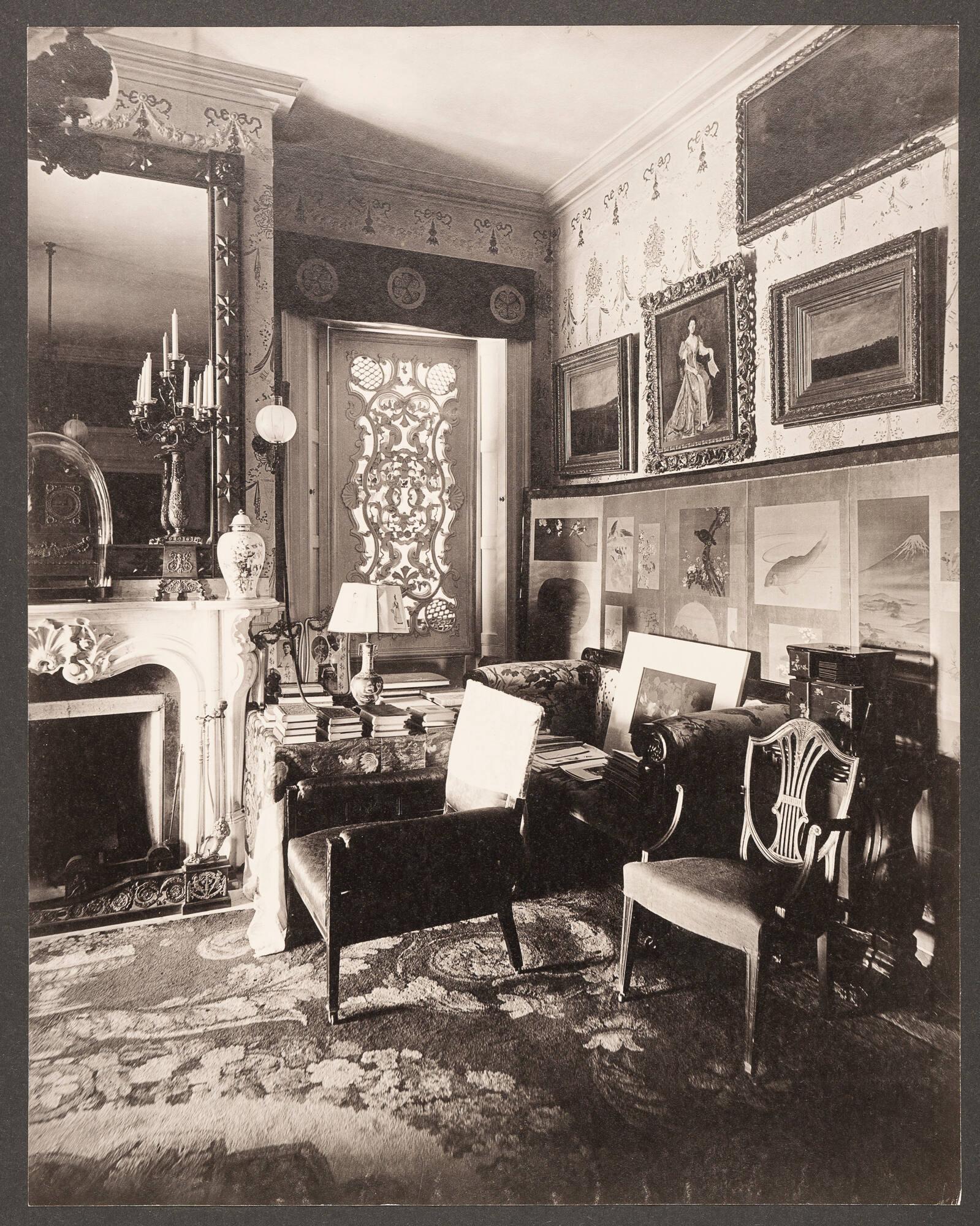Although we’ve always had a pretty good idea about how and when Isabella acquired the painting, what we lacked was a record of the purchase. It’s possible that the invoice might have been lost or misplaced. Isabella, likely through a proxy, purchased the painting at an auction in Paris at Hotel Drouot on 22 February 1877. Gustave Courbet’s catalogue raisonné, a comprehensive, scholarly listing of all known accepted work of an artist, notes the sale of the work under the title Rochers for 525 francs.³ We found two different copies of the sale catalogue, each annotated by different hands with the sale price of our painting and others. It’s not uncommon for an artwork, especially an old one, to have its name changed throughout its lifetime. The catalogue raisonné also lists a second alternate title of Payasage (Le château d’Ornans vu de la Roche-du-Mont).










